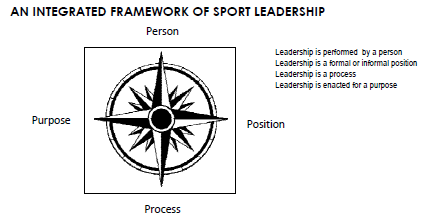John McCarthy
Author / Speaker
Former College Head Coach, Former College Athletic Director, and NAIA administrator
This presentation provides excellent insight on the characteristics of successful coaches from around the country. This presentation provides motivation and insight for what successful coaches have in common with each other. John McCarthy also shares his thoughts and insight on the inter-self and the reasons we coach and the why’s for integrating life experiences in coaching. John McCarty also shares how values become an integral part in a coaches Character and how our athletes gauge what our character is really like to them. Mr. McCarthy also gives a detailed and defined meaning of success which he measures by the content of our character, leadership and contribution to the betterment of our families, communities, and the world. This is an excellent presentation on the insight for developing character and leadership both for coaches and athletes.
This video is provided by Head Coach Academy Clinics.
You can also checkout more videos like this one at the Glazier Clinics Online Learning Vault
Please make sure that your sound is on and click on the video to play.
PUT YOUR CURSOR OVER THE LOWER RIGHT CORNER OF THE VIDEO AND CLICK ![]() (IMAGE LOOKS LIKE THIS) TO WATCH THE VIDEO ON FULL SCREEN TO BE ABLE SEE LARGER DIAGRAMS AND VIDEOS
(IMAGE LOOKS LIKE THIS) TO WATCH THE VIDEO ON FULL SCREEN TO BE ABLE SEE LARGER DIAGRAMS AND VIDEOS
Click the play arrow to view the video.


